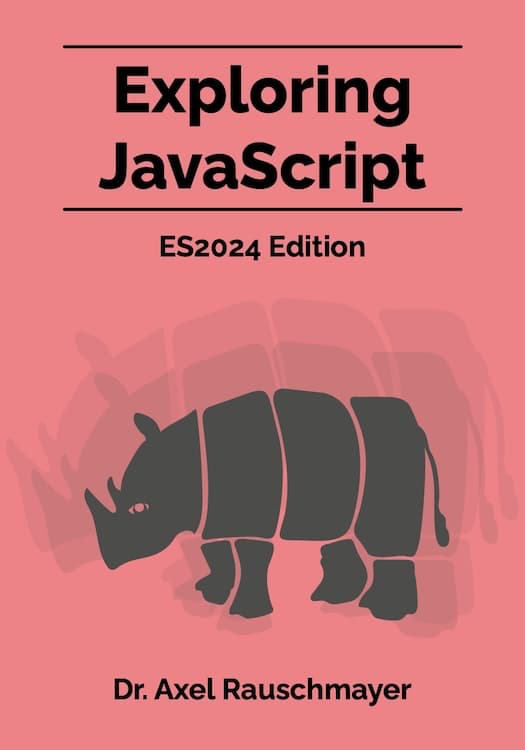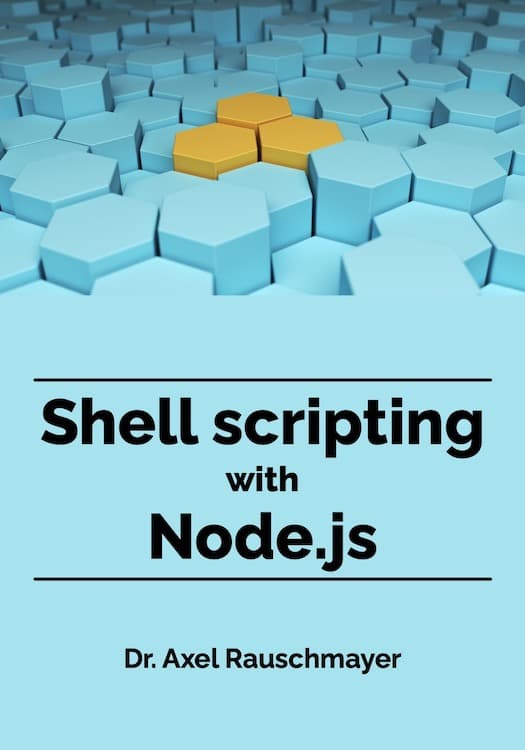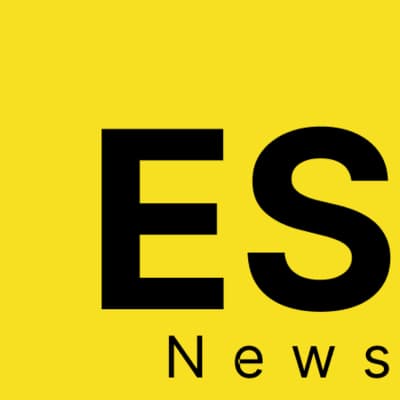2025-10
[Web dev for beginners] Node.js
Node.js is a program that lets us run JavaScript code outside browsers – which we can use for a variety of things.
[Web dev for beginners] Shells
A shell provides a text-based way of interacting with the operating system. In this chapter, we explore how shells work and why we need them for web development.
[Web dev for beginners] CSS layout: flexbox, grid, media queries and container queries
CSS provides a variety of services for web content:
- In the previous chapter, we used it to format content: to change colors, typefaces, etc.
- In this chapter, we will use it to lay out content: to place HTML elements on a page.
[Web dev for beginners] CSS: Learn the essentials quickly
In the previous chapter, we used HTML to create unformatted content. In this chapter, we use CSS to configure the style of that content: We can change the color of the background, use various fonts, add vertical spacing, etc.
This chapter covers a lot of ground relatively quickly: It’ll be fun to explore how HTML can be styled and you’ll have a solid foundation after reading it.
2025-09
Taking SVG “screenshots” of HTML elements
I was looking for a way to create images (think screenshots) of CSS layouts that I can use in HTML, EPUB and PDF files. This blog post describes my solution – which produces SVG images.
CSS wish: inner breakpoints
In this blog post, I’d like to talk about CSS: I wish it supported inner breakpoints – breakpoints not for viewports or containers but for HTML elements inside viewports or containers.
[Web dev for beginners] HTML: Learn the essentials quickly
In this chapter, we learn how to create web pages via HTML.
[Web dev for beginners] Getting started
In this chapter, we perform a few steps to prepare us for web development.
[Web dev for beginners] Version control via Git and GitHub
In this chapter, we learn how to use the version control system Git and a useful companion website, GitHub. Both are important tools when programming in teams but even help programmers who work on their own.
[Web dev for beginners] Markdown
In this chapter, we explore Markdown, a lightweight markup language that’s easy to learn and used a lot when writing about programming: documentation, comments, etc. We’ll need it in the next chapter. Learning it may seem like a detour but it’s easy to pick up and you’ll come across it often if you are interested in web development.





